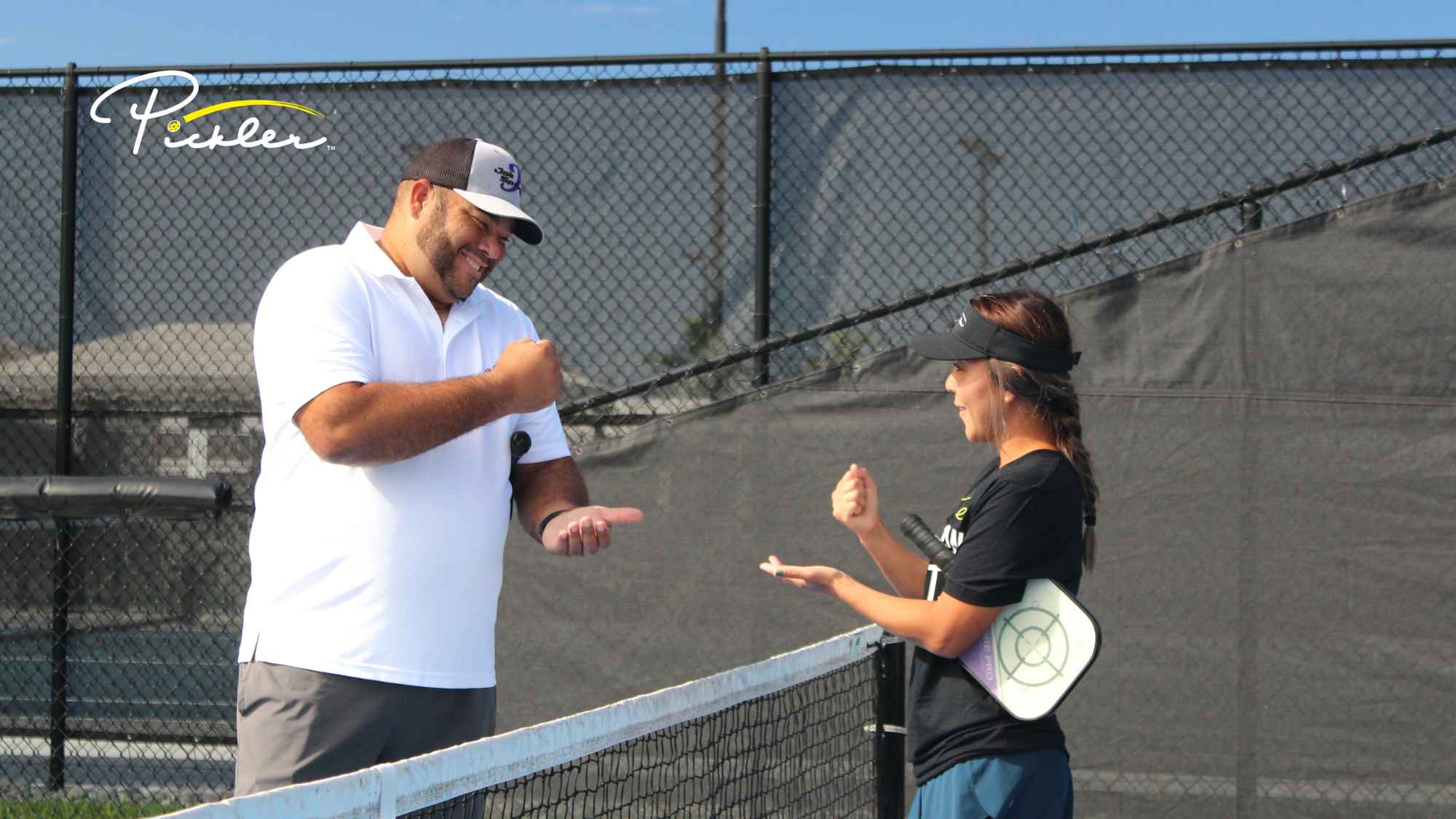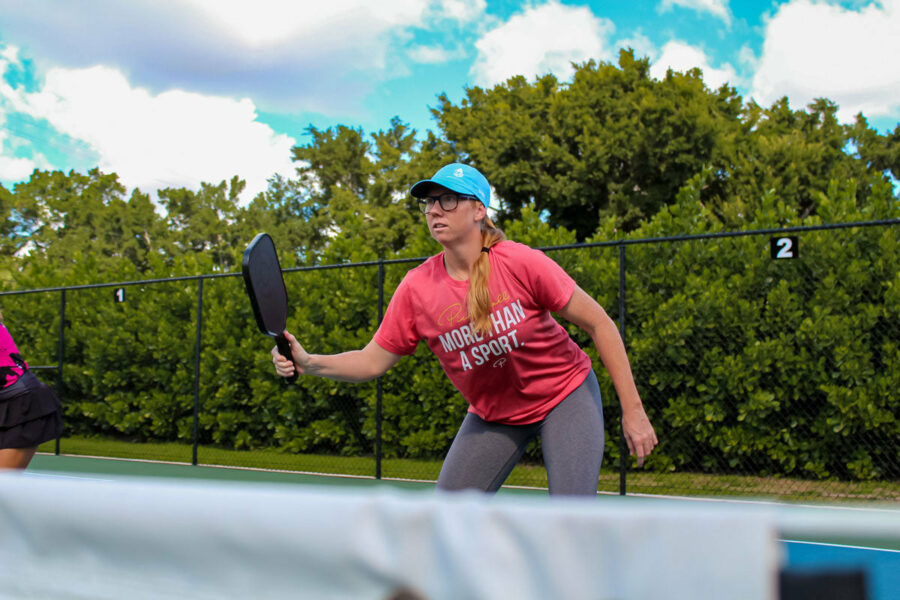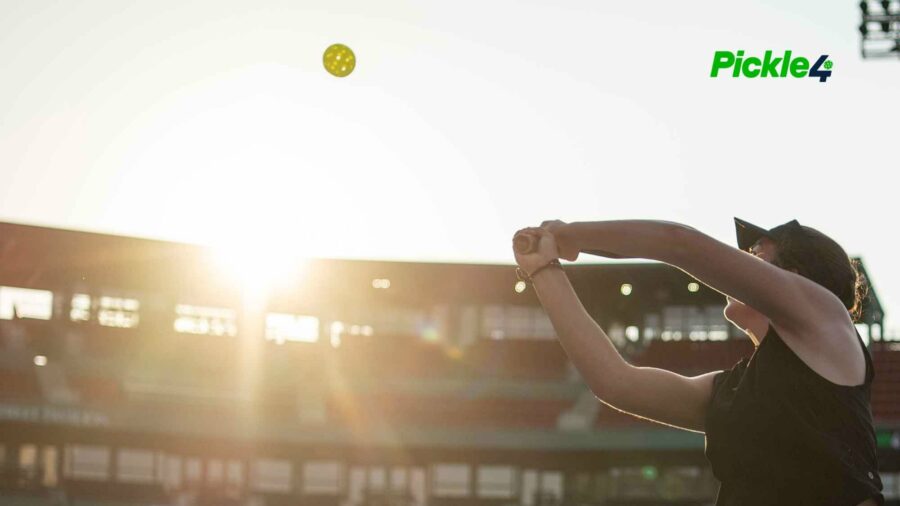We here at Murmurs from the Losers’ Bracket are looking for any advantage we can get in fending off inevitable disappointment on the pickleball court.
And being a little bit wonky too, we have embraced any academic research we could find on pickleball.
Yes, there is academic research on pickleball. And why not? This is serious stuff.
One burning question is the relative advantage or disadvantage of being the first serving team. Or to put it another way: If given a choice between picking a side of the court or serving at 0-0-2, what’s the smartest option?
It’s a tricky choice, and one with an answer you might find surprising.
OK, for starters, we’re assuming there isn’t an inherent geographical advantage on one particular side of the court due to factors such as wind, the angle of the sun, or the differing backdrops.
We’re assuming that either side is neutrally positioned. The question is do you take the serve, giving you and your teammate a chance to score first, and maybe rack up a few points before the other side can get on the board?
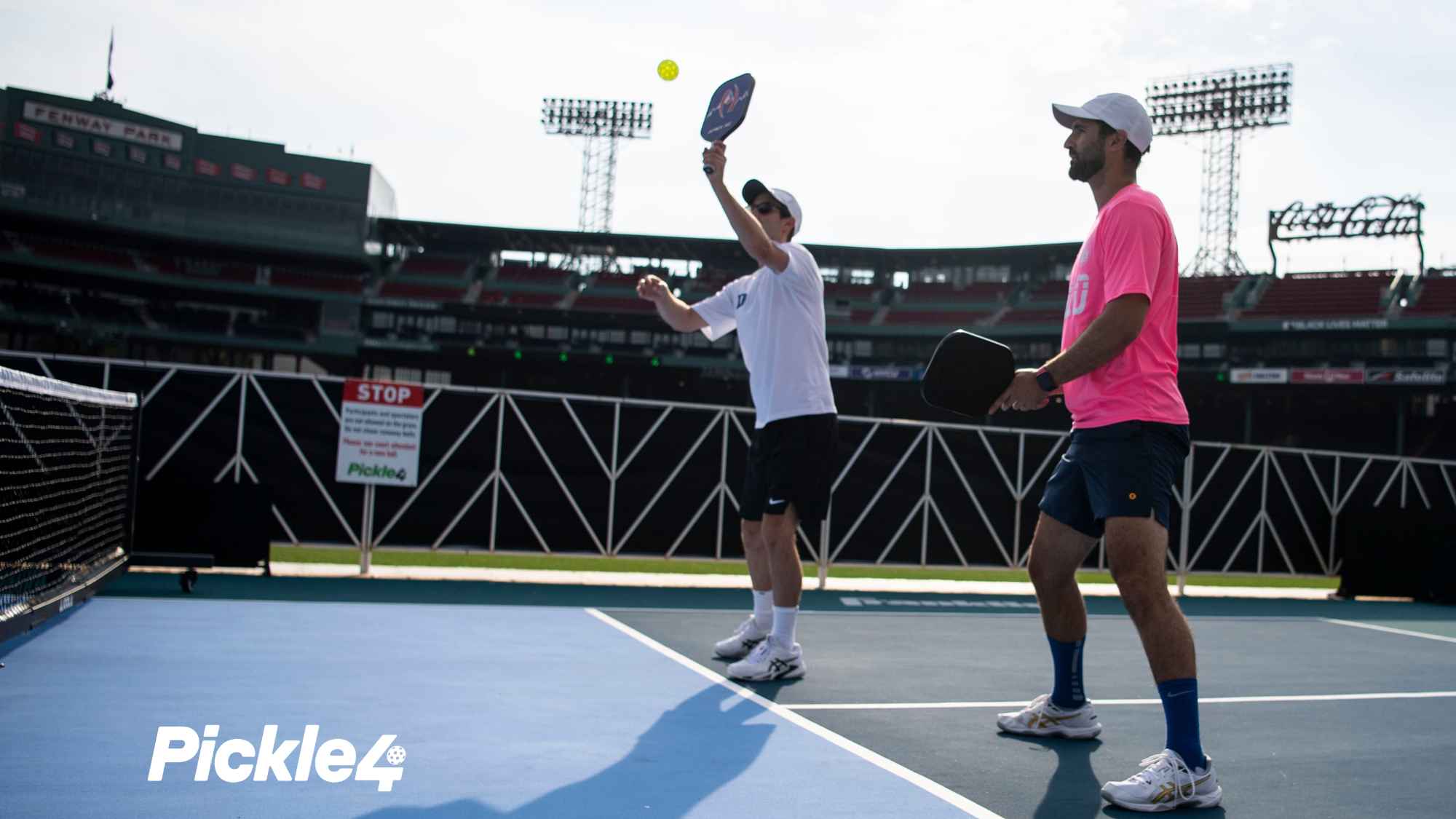
Taking early control of the game might also have some psychological value that ultimately influences play.
Or do you opt to be the receiving team? After all, most rallies are won by the team that can position both players on the non-volley-zone line first, and it’s inherently easier to do that as the receiving team.
You can think of it by reasoning that it’s harder for the serving team to win a rally because the double-bounce rule makes it tougher for their players to get to the NVZ line. So why start at that disadvantage?
Or maybe that’s not the right way to think of it.
Instead, maybe you can think that having the first serve gives your best server a chance to strike first, maybe even by trying a riskier-than-normal serve that results in an ace or a weak return.
Why turn down a free point or two? Right? And even if this aggressive gambit fails, what’s the harm? You become the receiving team with all its built-in advantages without giving up any points – assuming you’re using traditional side-out scoring and not rally scoring.
We could keep ruminating on this subject, continuing to make plausible arguments for either side. But there’s no need to wallow in this uncertainty.
We can do better than that now due to some analytical research done by Daryl R. DeFord and Stewart N. Ethier, a pair of pickleball-playing mathematicians.
Their analysis published by Cornell University this year is entitled “Does the first-serving team have a structural advantage in pickleball?”
The researchers use something called “Markov chains” – models that describe a sequence of events in which the probability is determined by the state reached in the previous event.
Suffice it to say that their 25-page paper is even more difficult to master than a third-shot drop. But in case you’re wondering, with “n” representing the number of points needed to win a game, a game to “n” can be modeled by a Markov chain in a “state space” with 4-n-squared plus 10 states.
I know. Obviously. Get to the conclusions, Mr. Murmurs from the Losers’ Bracket.
Surprisingly, the researchers’ mathematical models disclosed that the advantage of serving first is dependent on the number of points needed to win.
“In a game to 11, the first-serving team has a very slight disadvantage, whereas, in a game to 15, the first-serving team has a very slight advantage,” the researchers wrote.
But these advantages are nearly invisible.
“It should be noted that these advantages and disadvantages are so small that they cannot be detected by simulation and are revealed only by an analytical solution,” they continued.
In other words, they practically don’t exist.
“The practical implication is that a team that is offered the choice of side or serve should probably choose side,” the mathematicians concluded.
If you’d like to read their research – we’re not responsible for any resultant brain hemorrhaging – here’s the link: tinyurl.com/mr43cxwj
We here at Murmurs from the Losers’ Bracket find this all very reaffirming about the game that both frustrates and charms us.
For us, the bigger takeaway from all this math is to marvel that, in the end, it acknowledges the beautifully engineered design of the game. By limiting the first serve to one player, the pickleball gods had stumbled into a magically neutral way to begin games.
And it has left us with nobody but ourselves to blame for losing.
MURMURS FROM THE LOSERS’ BRACKET
Read past editions of Murmurs from the Losers’ Bracket, including:
- “Sorry” Seems to be the Easiest Word
- Top 10 Signs it’s too Hot to Play Pickleball Outside
- Coming In from the Heat
- The Ozempic Ad
- Ball On Court? Maybe Not
- The PPA, the APP and Monty Python
- Time to Get Help at Bangers Anonymous
- “It’s an Injury Sport”
- A Pickleball Translation Guide
- What’s Your Pickleball Nickname?
- Tennis the Menace
- Is There Such a Thing as “Pickleball Torture”?
- How to Be an Effective Pickleball Snob
- All You Need Is Glove
- The Lesson McDonald’s French Fries Have for Pickleball
- Tunes on the Court
- The Poetry of Empty Courts
- “Head Targeting” Rule Change Not a Brainy Idea
- Getting Beyond “Good Game”
- Why Are Pickleball Trophies Such a Big Deal?
- Stop Messing with the ATP
- When Discussions of Rules Turn Unruly
- A Former Pickleball Addict Speaks Out
- Separating the Drinkers from the Dinkers
- Turning Every Magazine into a Pickleball Magazine
- Zen and the Art of Pickleball Maintenance
- Spirited Pickleball Poetry
- Making Pickleball Less “Devastating” to Amateurs
- Finding Romance on the Pickleball Court: Top 10 Pickup Lines
- Sign of the Times: Pickleball License Plates
- Red Light, Green Light: Playing Traffic Cop on the Court
- The Pickler Limerick Challenge
- The Pickler Limerick Challenge Heats Up
- The Pickler Limerick Challenge Wraps Up
- Pickleball & the $100 Hamburger
- Before We Play, Partner, Please Sign This…
- Pickleball’s Most Powerful Spoken Word
- It’s Been a Hard Day’s Night for Pickleball Skeptics
- Be Kind to Your Local “Paddle Sheriff”
- Is There Such a Thing as Too Many Paddles?
- Silence Is… Not My Style
-
“Going Ham” Over Pickleball’s Generational Divide
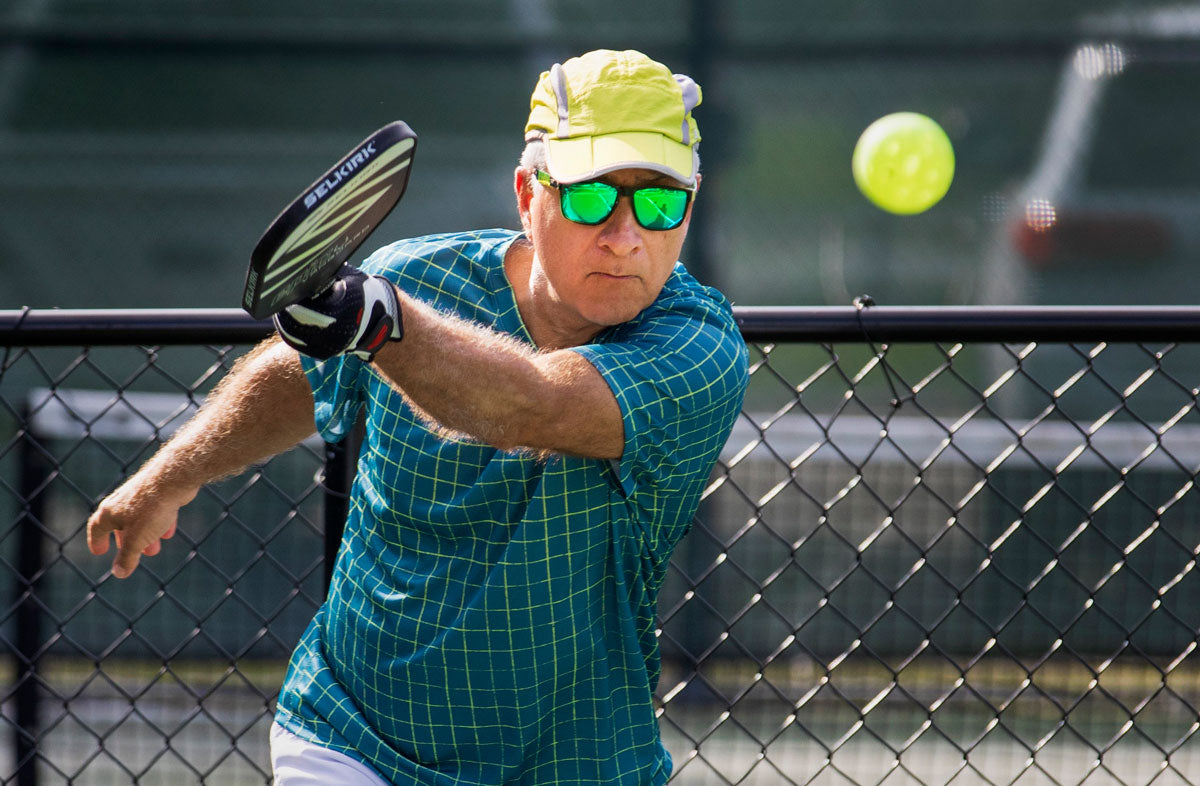
Frank Cerabino is a long-time columnist for the Palm Beach Post in Florida, a pickleball addict like the rest of us, and a newly published author. Check out Frank’s newly released book, I Dink, Therefore I Am: Coming to Grips with My Pickleball Addiction (available on Amazon and a great read (or gift!) for any pickleball player), for pickleball tips and laughs!

